

Game-like media function as an allegory for our times, and the digital game will come to be seen as the emblematic cultural form of of the 21st century.
In his manifesto for a ludic century, self-described pundit on game culture and design, Eric Zimmerman writes:
While the 20th century was the century of information, in this new century - this Ludic Century - information has been put at play. While the moving image was the dominant cultural form of the 20th century, the Ludic Century is an era of games.Eric Zimmerman and Heather Chaplin, Manifesto: The 21st Century Will Be Defined By Games, Kotaku
For Zimmerman, the twentieth century was the era of cinema and television, where audio-visual narratives functioned as allegories for industrial production in general. It was a spectacle in which, as Guy Debord famously put it, "that which is good, appears; that which appears, is good." He argues that engagement with interactive media can help foster 'systems thinking', an essential new literacy in the 21st century that complements, rather than displaces older forms of literacy including visual, textual, and oral literacies.
In this project, students seek to develop their gaming literacy through a graphic analysis of a board game. These drawings explore multiple 'optimizations' of play - from various points of view and with various aims in mind - and speculate on a 'perfect' instance of gameplay.

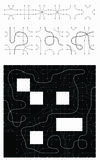
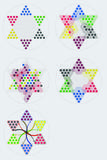

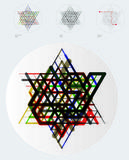
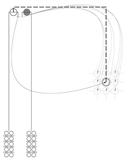

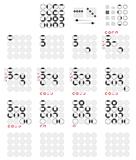

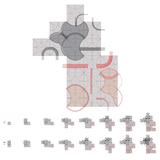

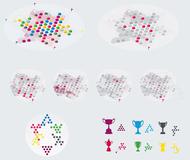






There's more!
Some other projects from this same class have been posted, as well as some interesting student work from this same year.